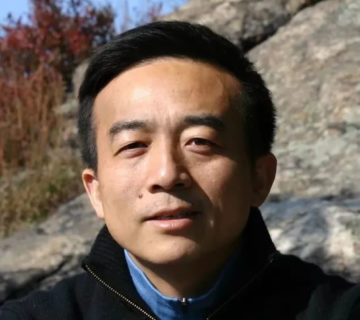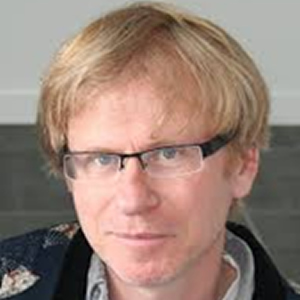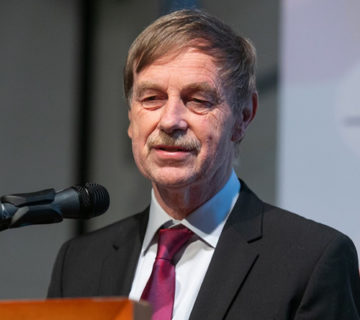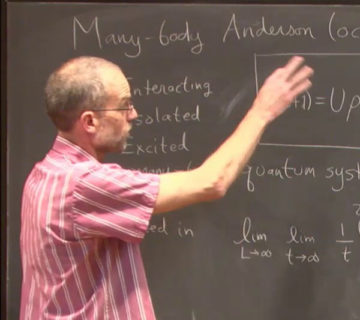
Yuhai Tu
Nonequilibirum Thermodynamics of Biochemical Circuits: Some Recent Results
A central problem in biology is how living systems manage to perform vital functions (e.g., replication, development, computing, etc.) accurately by using inherently stochastic biochemical circuits to process highly noisy information. What are the molecular mechanisms to control noise for accurate information processing? ... Read more


